Retro Replay Review
Gameplay
Battle for Normandy places you at the heart of the D-Day landings with a deep, turn-based strategic system that demands thoughtful planning and quick adaptation. As the Supreme Allied Commander, you must coordinate beach assaults on Utah, Omaha, Juno, Gold, and Sword, then leverage your footholds to push inland toward Cherbourg and Caen. Each decision—from allocating naval bombardments to organizing armored spearheads—can dramatically alter the tide of battle.
(HEY YOU!! We hope you enjoy! We try not to run ads. So basically, this is a very expensive hobby running this site. Please consider joining us for updates, forums, and more. Network w/ us to make some cash or friends while retro gaming, and you can win some free retro games for posting. Okay, carry on 👍)
Opting to play as the German Commander, you face the challenge of holding the line against overwhelming Allied forces. Your panzers and infantry formations are your greatest assets, but effective deployment and counterattacks hinge on anticipating enemy movements. The AI presents a credible opponent, making use of defensive terrain and reserves, though some players may find occasional inconsistencies in how quickly it shifts from defense to counter-offensive.
The 25-day campaign timer infuses each turn with urgency. You must balance consolidation of beachheads against the imperative to advance swiftly before reinforcements and supply lines stabilize. Difficulty settings range from forgiving tutorials to brutal “historical” modes—on higher levels, every delayed advance and misallocated unit risks a failed campaign evaluation at noon on June 30th.
Despite its rich strategic layers, Battle for Normandy is surprisingly accessible. The interface guides you through unit orders, supply checks, and victory conditions with clear tooltips and a unified command panel. Seasoned wargamers will appreciate the depth of the logistics model, while newcomers can ease into simplified controls or rely on recommended moves from an advisory system.
Graphics
The visual presentation of Battle for Normandy blends a classic hex-grid map with detailed unit icons that distinguish between infantry, armor, and support formations. Terrain features—beaches, hedgerows, towns, and forests—are rendered with enough clarity to inform tactical choices at a glance. Coastal maps reflect shifting tides, adding a layer of realistic planning to amphibious assaults.
While the game does not push the envelope with 3D models or cinematic effects, its 2D art style is consistently legible, even during large-scale engagements. Animated elements such as shell impacts, smoke plumes, and tank tracks bring the battlefield to life without overwhelming the strategic overview. Weather and time-of-day cycles subtly influence color palettes, reinforcing the narrative of dawn assaults and muddy Normandy fields.
On modern hardware, performance is rock-solid. Frame rates remain steady even when dozens of units vie for control of key hexes. The UI overlays—movement ranges, supply lines, and engagement odds—are crisp and responsive. Players who appreciate function over flash will find the graphics well-suited to long planning sessions and zoomed-out strategic views.
Minor details, such as animated landing craft and resupply convoys, enhance immersion. However, those expecting high-definition terrain textures or fully realized 3D battlefields may feel the visuals belong to an earlier era of war gaming. The art direction favors clarity and usability, ensuring nothing gets lost when the front lines shift.
Story
Although Battle for Normandy is primarily a wargame rather than a narrative-driven title, its scenario structure conveys a powerful sense of historical authenticity. The opening briefing on June 6, 1944 sets the stage with a sober reminder of the stakes involved. Units are introduced with period photographs, unit histories, and veteran anecdotes, lending weight to each decision.
Between missions, short text summaries recount the outcomes on each beachhead and the shifting dynamics of the broader campaign. Successes feel earned: holding Omaha under heavy fire, pushing inland from Utah, or breaking through German counterattacks all generate satisfying narrative beats. Failures, too, teach valuable lessons—delayed reinforcements or lost panzers trigger historical notes on how real commanders adapted.
Players can immerse themselves in optional diary entries and commander’s journals, which flesh out the personalities and dilemmas on both sides. These vignettes may not feature voice acting or animated cutscenes, but they effectively draw you into the emotional core of the conflict. The result is a compelling educational layer that complements the strategy mechanics.
In higher difficulties, the story of your own campaign emerges organically. A desperate last-ditch counterattack, a daring flanking maneuver, or a stalwart defense can feel like chapters in a personal memoir—each woven into the broader tapestry of the Normandy landings.
Overall Experience
Battle for Normandy delivers a robust blend of historical immersion and strategic depth, making it a standout choice for wargame enthusiasts and history buffs alike. Its focus on D-Day operations—and the subsequent push into France—ensures every turn carries consequential weight. Whether you relish planning the invasion or relish thwarting it, the game provides an intense, satisfying challenge.
The learning curve is noticeable but well-supported by in-game tutorials, difficulty settings, and tooltips. Players new to hex-based warfare will appreciate the gradual introduction of mechanics, while veterans can dive straight into hardcore scenarios. Marathon sessions remain engaging thanks to clear visuals, steady performance, and thoughtful UI design.
Replayability is high. Switching sides flips strategic priorities, and each difficulty level alters AI behavior and resource constraints. The 25-day time limit adds a natural pacing device that keeps campaigns brisk without sacrificing complexity. For those who crave additional challenges, user-created scenarios and community mods expand the game’s lifespan even further.
In sum, Battle for Normandy offers a meticulously crafted strategic simulation of one of history’s most pivotal campaigns. Its combination of authentic detail, flexible gameplay, and clear presentation makes it an excellent investment for anyone seeking a deep, educational, and rewarding wartime experience.
 Retro Replay Retro Replay gaming reviews, news, emulation, geek stuff and more!
Retro Replay Retro Replay gaming reviews, news, emulation, geek stuff and more!
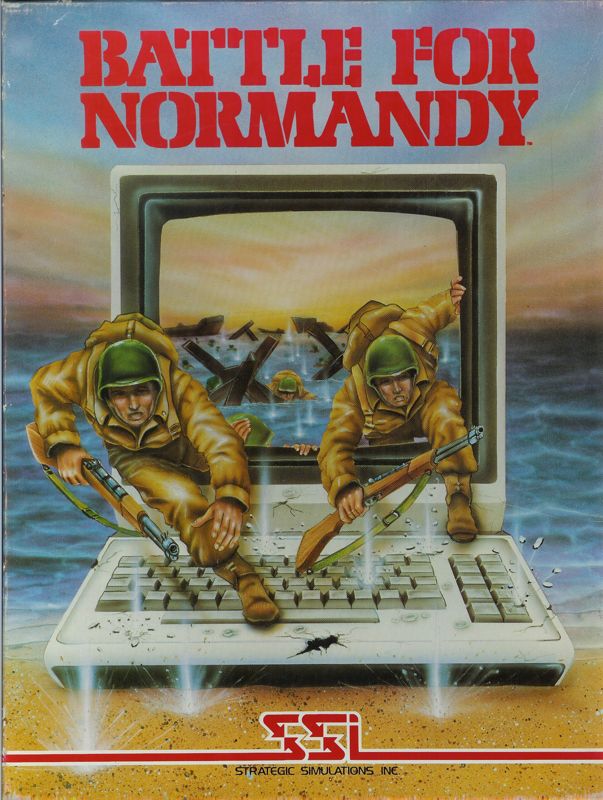
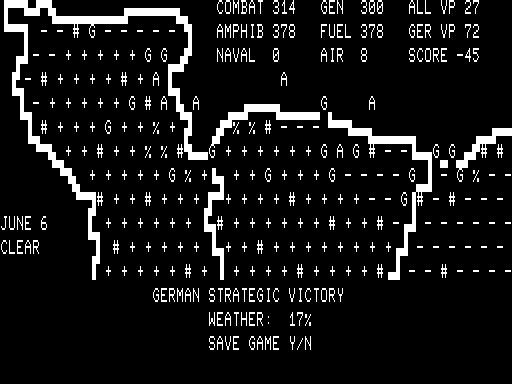
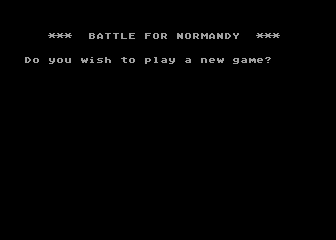
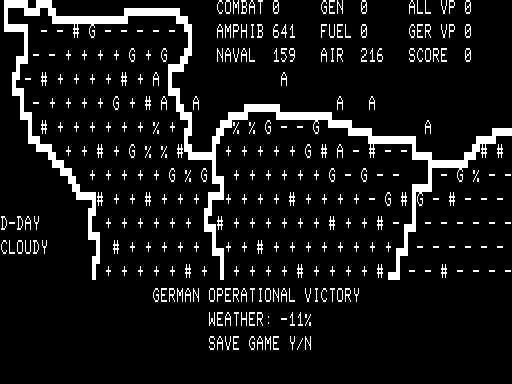
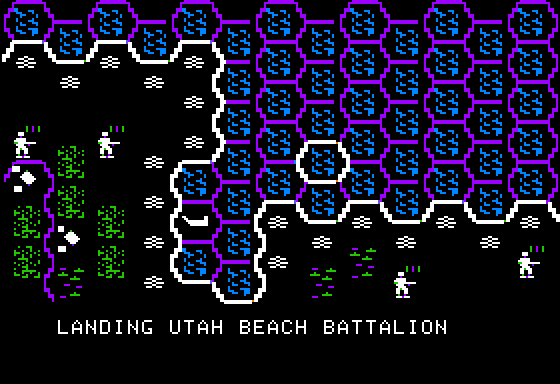
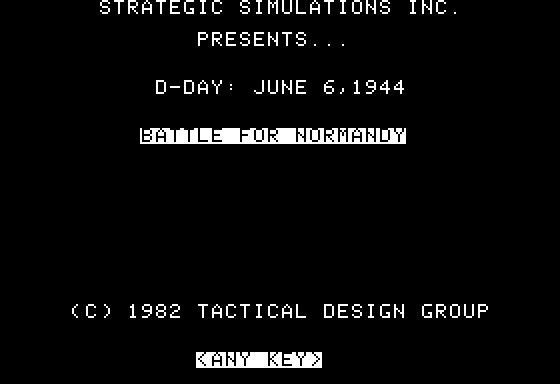



Reviews
There are no reviews yet.